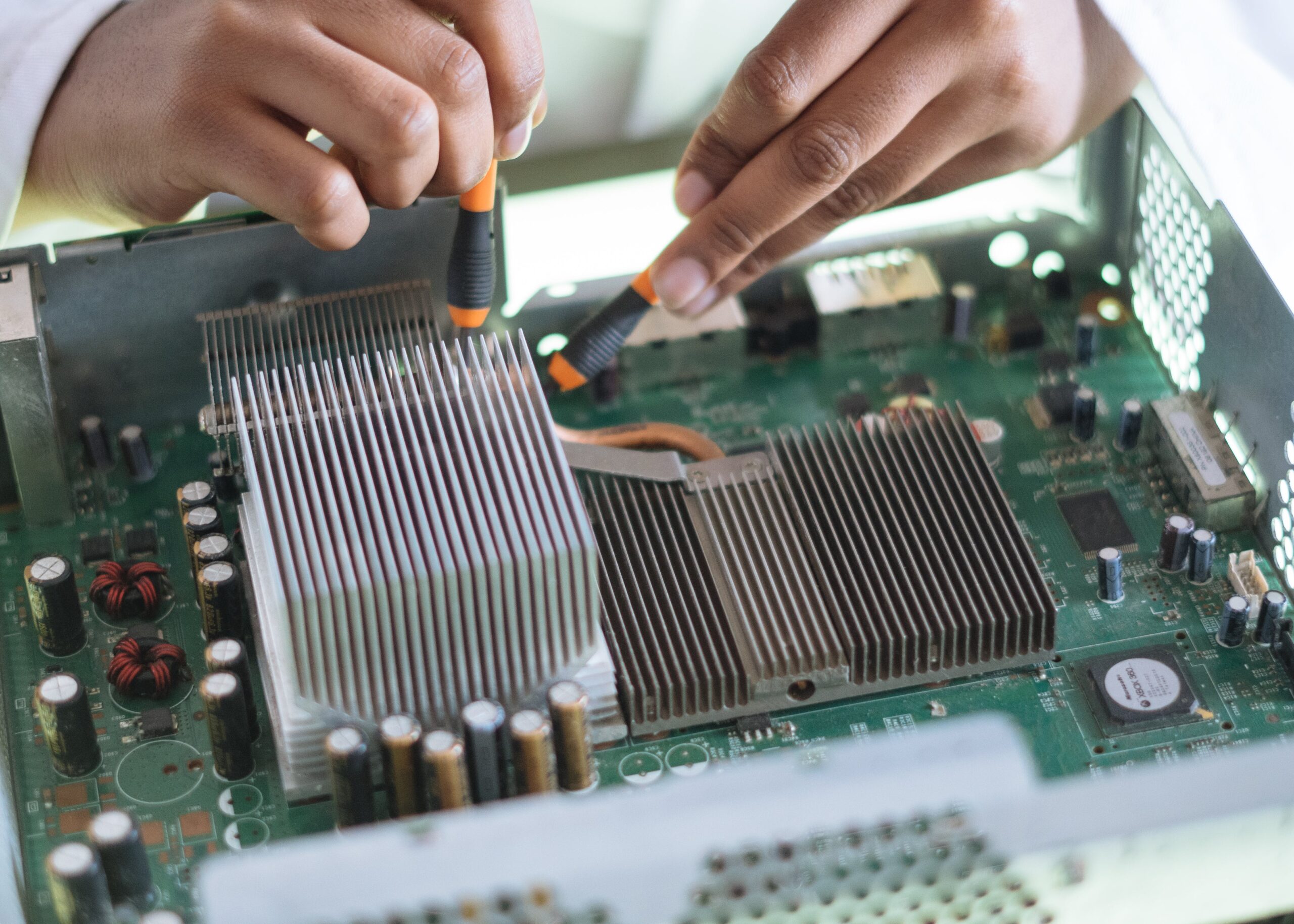Gordon Moore discovered empirical dependence in 1965.Every year, the number of transistors on new integrated circuit models doubles (IC). His discovery revealed that processing power is increasing at an exponential rate. Moore changed his law in 1975, replacing 12 months with 24 months in the formulation. Moore’s second law was announced by Eugene Meyeran3 in 1998.
The number of manufacturers producing microcircuits grows exponentially as the technology becomes more complicated.
Moore admitted in 2003 that due to technological limits, exponential growth will not be achievable in the future. He announced in 2007 that the law would be repealed soon. The number of transistors on an IC is mostly adjusted by reducing the size of the transistors. However, the dimensional restrictions of the conventional transistor generate undesired effects when it is reduced. Furthermore, IC manufacturing technique has its own set of constraints. Device designs must be improved on a regular basis, or breakthrough technology must be made available. Scientists and engineers are working on new ideas, but semiconductor technology will eventually approach its limit. New techniques are required on a fundamental level. Spin transistors, for example, are being studied, in which the operating principle is altered from an electron charge to a magnetic moment. One of the most important conclusions drawn from this law is that as processing power increases, the cost of computing equipment decreases. The cost of producing a transistor has fallen thousands of times in the last 50 years. Every home today has access to a computer. As a result, we now live in the digital era. We can’t picture modern business without business process automation tools. Furthermore, all traditional marketing has been supplanted by digital marketing. AI, big data, and remote work are all products of the advancement of technology. Two-dimensional materials have been around for less than a decade, and there are now a slew of electronic component solutions based on them. New technologies and core work principles will undoubtedly assist in breaking through this barrier.
